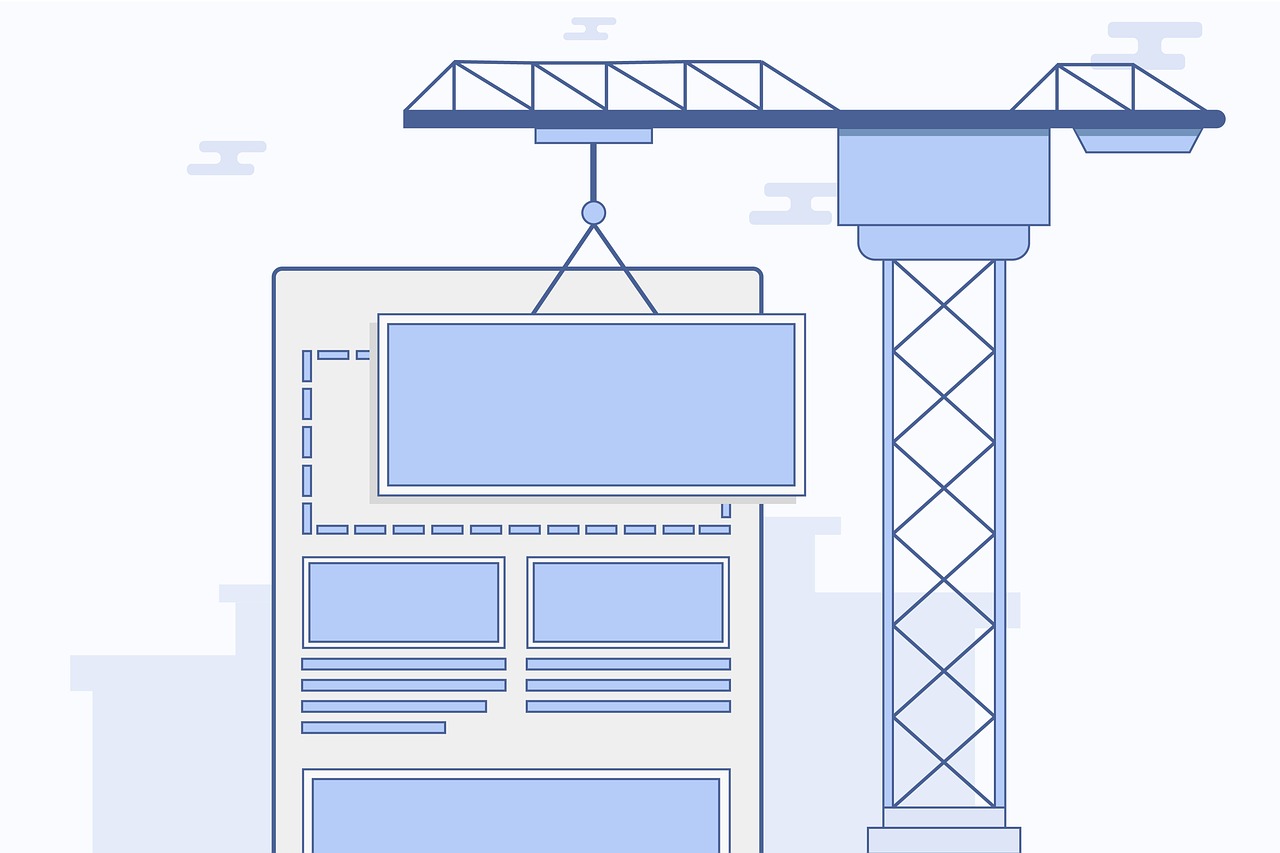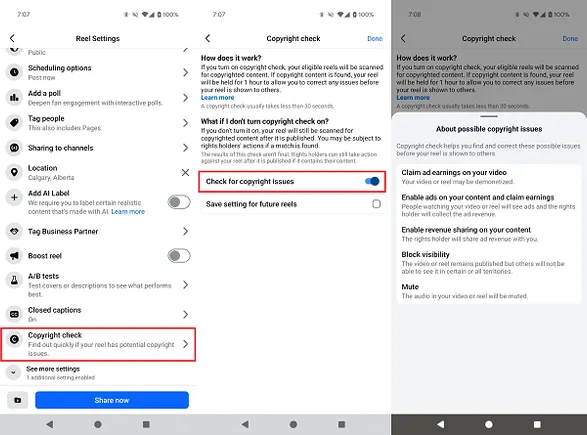How Does Visual Hierarchy Matter in Website Design?
Visual representation acts as a definite game changer in the case of Website design. In this digitized age, most users have significantly less attention span to go through a website. Visual hierarchy plays a significant and pivotal role in...

Visual representation acts as a definite game changer in the case of Website design. In this digitized age, most users have significantly less attention span to go through a website. Visual hierarchy plays a significant and pivotal role in achieving this attention within seconds. The overall visual representation can be enhanced through the strategic arrangement of the right element in the exact section. Visual hierarchy can steadily increase a page’s rank when properly analyzed and used, offering a seamless user experience. In this blog post, we will get a detailed overview of the importance of visuals hierarchy and explore its significance in website design.
What is Visual Hierarchy?
Visual hierarchy refers to the rearrangement and presentation of elements on a webpage to guide users’ attention and create a clear information structure. It rightly leverages several design principles like spacing, sizes, contrast, color, and positioning to establish a visual order rightly. The visual order, in turn, helps to offer comprehensive help for quickly navigating the content.
Principles of Visual Hierarchy
Size and Scale: In any website, larger elements have the ability to attract more attention from users easily. Utilizing this benefit of visual hierarchy, the essential features can be sales and size as per requirements. However, once the elements are sized, it needs to be properly scaled along with the content flow. This could be best evaluated and handled when connecting with a professional web design company.
Color and Contrast
Colors have the definite power to draw users’ attention easily. Thereby, contrasting colors help users focus their attention on a streamlined topic. Designers usually use this scope to set a web page based on the contrasting colors visually. It easily helps to separate elements, communicate relatively and have a definite focal point.
Typography
The selection of the right typefaces plays a significant role in maintaining the right visual hierarchy of a website page. To reach a specific audience, it is crucial to rightly select font size and formatting and even analyze the readability according to visual prominence. Large and bold fonts help to signify important information easily, and smaller fonts are used on the ideal body-related texts.
Spacing and Proximity
When visiting a website page, have you ever left without browsing due to the spacing issue of content? Well, this spacing issue is directly related to visual hierarchy. A not so optimized website page needing proper spacing can affect users when reading content. Thereby, it is necessary to offer well-spaced contents that help users to engage easily from a selected web design company in new york.
Alignment and Grids
Consistent alignment and grid-based layouts provide a sense of order and structure, allowing users to navigate a website intuitively. Grids also aid in maintaining overall visual consistency across different devices and screen sizes.
Benefits of Visual Hierarchy in Website Design
Now that the principles are discussed let’s explore Visual Hierarchy’s benefits.
User Engagement
In this competitive market, standing out from the crowd is of steady importance. When developing a website page, it is necessary to offer something out of the box instantly. The more the entire website page is curated concerning visual analysis, the better it captivates users’ attention and engagement. Once the user gets interested in exploring a web page, it increases their curiosity to explore the website to a greater extent.
Information Clarity
Visual hierarchy helps convey the relative importance and relationships between elements. Properly structuring the content per different headings, supportive information, and subheadings allows users to focus on the exact information much better. It also indirectly leads to better retention of users by offering them better clarity to pages when curated from a web design firm in NYC.
Call-to-Action (CTA) Optimization
Well-designed visual hierarchies make CTAs more prominent and actionable to guide the users rightly. It helps users to guide on taking the same decision for a desired action when browsing a web page. Clear and visually distinctive CTAs enhance conversion rates and achieve business objectives by increasing the ROI.
Branding and Identity
Consistent use of visual hierarchy strengthens a website’s branding and identity. A website works as a digital representation of the company itself. When an effective visual hierarchy is maintained on these web pages, it directly helps to value and promote better branding options.
Accessibility and Usability
Visual hierarchy contributes to an inclusive user experience. Organized layouts and clear hierarchies offer users definite clarity about a website page. When the entire accessibilities are correctly optimized, it gives users direct help to ease the overall usability.
Mobile Responsiveness
The increase in the use of mobile devices has made responsiveness a definite necessity. Visual hierarchy plays a significant role in optimizing the mobile user experience. Due to limited screen space, designers must prioritize content and adapt the visual hierarchy accordingly. Elements essential on larger screens may need to be rearranged or condensed to fit smaller devices, ensuring that the most crucial information remains visible irrespective of screen size.
Best Practices for Implementing Visual Hierarchy
Plan and Wireframe: Before diving right into the design, creating a definite wireframe and mapping out the process is essential. When planning, it is essential to map out the information based on targetted user needs and goals.
Prioritize Content: It is essential to prioritize the content and its elements rightly. The most crucial ones must stand out using differentiated cues, colors, placement, and sizes.
Using Consistent Styles: Establish a visual style guide that outlines typography, color palettes, and spacing guidelines. Consistent design elements help to offer a definite level of familiarity among the users to understand the content and the web page structure.
Test and Iterate: Conduct user testing to evaluate the effectiveness of your visual hierarchy. Iterate and refine the design based on user feedback, ensuring that the hierarchy aligns with users’ expectations and enhances their browsing experience.
Consider User Flow: Understand how users interact with the website and design the hierarchy to guide them through the desired user flow. It is essential to anticipate their needs and strategically place elements to facilitate smooth navigation throughout the website.
Visual Cues and Feedback: Utilize visual cues, such as arrows, icons, and hover effects, to provide clear feedback and guide users’ attention. This helps them understand the interactive elements and encourages engagement.
Balance and Simplicity: Avoid clutter and maintain a balance between visual elements. The more a design is simplified by removing unnecessary elements better it offers direct help to users. Thereby, cross-check multiple top web design companies in the USA and decide on the one that offers a top-notch visual hierarchy.
Accessibility Considerations: Attention to accessibility guidelines, such as providing alternative text for images, ensuring proper color contrast for readability, and using descriptive headings for screen readers. A well-designed visual hierarchy should be inclusive and accessible to all users.
Real-Life Examples of Successful Implementation of Visual Hierarchy
Below are some of the visual hierarchy web design examples that brands in real have adopted.
Airbnb: The website uses a clear visual hierarchy to guide users through the booking process. The search bar at the top of the page invites users to enter their destination and dates. Further, the search results are presented in a clean and organized format, with large photos and clear descriptions, making it easy for users to compare options from an expert website design and development.
Apple: Apple’s website showcases a robust visual hierarchy that aligns with its minimalist design approach. The use of large product images, bold typography, and ample white space draws attention to their products while providing a sense of elegance and simplicity. The hierarchy helps users focus on each product’s key features and benefits.
Medium: Medium’s platform emphasizes content consumption through an effective visual hierarchy. Large headings, subtle color cues, and distinct typography differentiate sections and highlight important information. This allows readers to scan through articles quickly, navigate between sections, and focus on the content that interests them.
Conclusion
To conclude, visual hierarchy is a fundamental aspect of website design that significantly impacts user experience. But to rightly implement a successful visual hierarchy, it is crucial to plan and follow the above-mentioned best practices for the best help. However, narrowing your search to a trusted custom website design in NYC is crucial for the best results. Remember, a well-executed visual hierarchy has the power to transform a website into a compelling and user-friendly digital destination.

 Tfoso
Tfoso 































